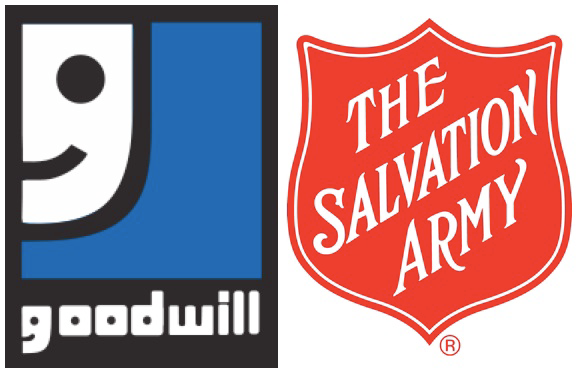Income Tax
Summertime Tax Tip #7: Salvage Tax Deductions by Donating Household Items
It’s a common practice during the summer: After a spring cleaning, people try to sell the household items they no longer need or want in a “garage sale” (known as a “lawn sale, “tag sale” or some other name in parts of the country). But what do they do with those items that are left over at the end of the day? Instead of simply discarding them, they may be able to donate them to charity and take a tax deduction for their troubles.
May. 30, 2014

[This is the seventh in a series of articles on tax strategies for small businesses and individuals.]
It’s a common practice during the summer: After a spring cleaning, people try to sell the household items they no longer need or want in a “garage sale” (known as a “lawn sale, “tag sale” or some other name in parts of the country). But what do they do with those items that are left over at the end of the day? Instead of simply discarding them, they may be able to donate them to charity and take a tax deduction for their troubles.
However, you can’t just dump your “trash” at the charity’s door and expect to receive a write-off in return. The items must be in reasonably good condition to qualify for a deduction plus you must meet certain IRS requirements.
How much can you deduct? The amount is generally based on the property’s fair market value (FMV) at the time of the contribution. That can be a sticking point because the IRS often suspects that donations of used clothing and household goods are overvalued. For instance, if you paid $25 for a shirt five years ago, you can’t claim a $20 deduction. The value of the shirt is probably closer to $5.
It’s best to use an impartial guideline to establish FMV for these items. A couple of the most popular are Goodwill’s at http://www.goodwill.org/wp-content/uploads/2010/12/donation_valuation_guide.pdf and the one provided by the Salvation Army at http://satruck.org/donation-value-guide. You can find others online, but just be sure to go with a reputable source.
The IRS says you can support valuations with photographs, canceled checks, receipts when the items were purchased or other evidence. Also, magazine or newspaper articles and photographs describing the items and statements by the recipients of the items may also be helpful.
For more expensive items, it is recommended that you commission an independent appraisal. This might apply, for example, to vintage glassware or an antique lamp. Note that Form 8383, Noncash Charitable Contributions, must be filed if the value of all items exceeds $500. And an appraisal is required if the value of any donated item exceeds $5,000. Note that appraisal fees may be deducted as miscellaneous expenses subject to the usual 2%-of-AGI floor.
Other special rules may come into play when property is donated to charity. For instance, if artwork is donated to a client’s alma mater, it must be used to further the school’s tax-exempt function. It can’t be stashed away in a dusty storeroom somewhere that never sees the light of day. The school must display the art in a prominent place where students can view and study it.
Finally, clients should be reminded to secure detailed receipts from charitable organizations describing the donated items. They should keep these on file in case the IRS ever comes calling.
